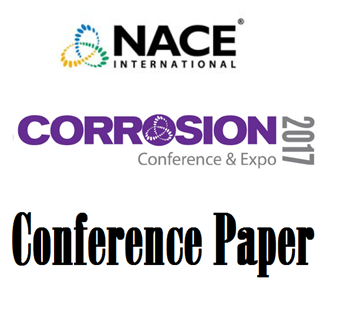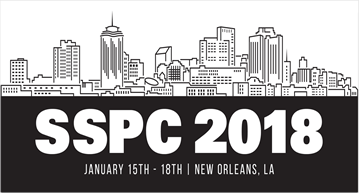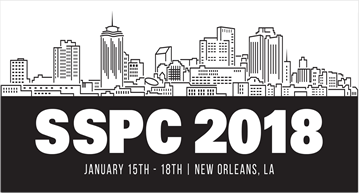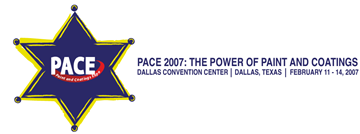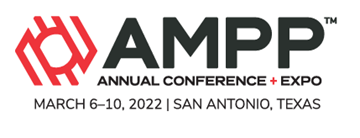Search
Individual Conference Papers
View as
Sort by
Display
per page
Steel based Bipolar Plates for Proton Exchange Water Electrolysis
Product Number:
51323-19236-SG
Publication Date:
2023
$20.00
Steel Bridge Shop Painting Issues and Answers: The FDOT Experience
Product Number:
41206-289-SG
Publication Date:
2006
$20.00
Steel Corrosion Monitoring in Concrete Slab Using a Long Period Fiber Grating Assembly
Product Number:
51317--9272-SG
ISBN:
9272 2017 CP
Publication Date:
2017
$20.00
Steel Grit Blasting Improves Productivity and Quality
Product Number:
51218-157-SG
Publication Date:
2018
$20.00
Step Change Epoxy Coatings for Pipes, Tanks, Vessels and Railcars
Product Number:
51218-089-SG
Publication Date:
2018
$20.00
Step Change Epoxy Coatings for Pipes, Tanks, Vessels and Railcars
Product Number:
51218-104-SG
Publication Date:
2018
$20.00
Steps to a More Effective Blasting Operation
Product Number:
41213-730-SG
Publication Date:
2013
$20.00
Sticking Phenomena at the Brake Pad – Disc Interface: An Open Call for Electrochemists
Product Number:
51321-16429-SG
Publication Date:
2021
$20.00
Storage Well Cathodic Protection Comparative Assessment
Product Number:
51322-17647-SG
Publication Date:
2022
$20.00
Strain Based Modeling of Thermal Fatigue at Mix Points
Product Number:
51312-01134-SG
ISBN:
01134 2012 CP
Publication Date:
2012
$20.00
Strain Hardened Austenitic Corrosion Resistant Alloys’ Susceptibility to Hydrogen Induced Stress Cracking
Product Number:
51323-19235-SG
Publication Date:
2023
$20.00



